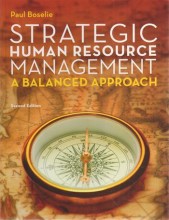Dating - Dating methods chart - How it works
8 important questions on Dating - Dating methods chart - How it works
Annual cycles (how it works)
Varve chronology (how it works)
Ice layer counting (how it works)
- Growth of firn basin depending on yearly processes
- Firn = combination of snow/ice, especially on the upper part of a glacier
- Higher grades + faster learning
- Never study anything twice
- 100% sure, 100% understanding
Milankovitch cycles (how it works)
- Insulation (isolatie) variation on earth due to varying orbital parameters
- Forcing of ice sheets
Cosmogenic nuclides (how it works)
- Nuclides formed by cosmic radiation in the atmosphere or on the surface of the planet
- Unstable
- Decay fast to a more stable daughter
U-Th / U-series (how it works)
- Radioactive uranium-234 is water-soluble and can be deposited in any mineral formed from any form of water
- Decays overtime to various daughter isotopes, which are not water-soluble and therefore stay in the mineral
- The uranium/daughter product ratio is then used to measure the time since the uranium was first deposited
K-Ar and Argon-Argon (how it works)
- Radioactive/unstable K (or induced Ar) occurs in certain minerals
- Decays over time to the more stable isotope Ar
- Decay shows a time-dependant relationship
- Time is estamated through measuring the parent/daughter ratio within the minerals studied
Optically Stimulated Luminescence (how it works)
- Decay of unstable elements causes a shift in electron position within a sample, resulting in a build-up energy that can be released by optical stimulation
- The light irradiated by the sample upon this release (called relexation) is proportional to the build-up energy caused by the decay process, which is time dependant
The question on the page originate from the summary of the following study material:
- A unique study and practice tool
- Never study anything twice again
- Get the grades you hope for
- 100% sure, 100% understanding






























